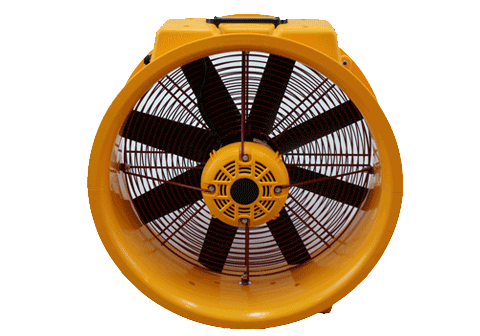Airtightness Testing Explained
Airtightness testing plays an important role in the compliance of new buildings (both residential and commercial).
What is Airtightness Testing?
Airtightness testing is the recognised method used to measure the total air lost through leaks in the building fabric. This is often referred to as uncontrolled ventilation (draughts).
The test is important in establishing the energy efficiency of a new building and can identify poor build quality within new developments. With the introduction of tougher regulations, building designs will often consider air tightness early in the construction process to ensure it complies.
If the property has an Air Permeability rating over 10m³/h/m² @ 50pa (7m³/h/m² at 50pa in Scotland) then the property will fail the test, due to significant uncontrolled air leakage. This leakage can result in:
- unwanted heat loss
- discomfort for occupants (cold homes)
- increased heating bills (to counter the cold)
- greater CO2 emissions (as result of additional heating required)


When is Air Tightness Testing Required?
An airtightness test is completed towards the end of the construction process, in order to meet Building Regulations/Standards. The results of the test are used within SAP and SBEM calculations, and can influence a new buildings overall energy rating.
Larger residential developments do not require testing to be completed on each individual property; instead testing is undertaken on the different dwelling types within the development.
All commercial properties over 500m² will require an air pressure test in order to comply with the Building Regulations/Standards.

Complying with Building Regulations/Standards
Air tests are typically required once a building has been constructed (Residential or Commercial). The results of the air tightness test is fed into Standard Assessment Procedure (SAP) and Simplified Building Energy Model (SBEM) Calculations required for Building Control/Verifier (Scotland) sign off. Doing this satsifies the requirements of Part L of building regulations (and other regional variants).
Tester Levels
There are different levels of airtightness testing established from the size and complexity of a building. An overview of each is provided below:
Level 1: Air Pressure Testing for single dwellings and other smaller non-dwellings up to 4000 m³ gross envelope volume, typically tested with a single blower door fan.
Level 2: Air Pressure Testing for simple and complex buildings larger than 4000 m³ gross envelope volume. This does not include large and complex, high rise (LCHR) buildings, and phased handover/zonal buildings.
Level 3: Air Pressure Testing for LCHR buildings, phased and zonal handover buildings.


Airtightness Training
If you want training in airtightness testing or other aspects of energy assessment then look no further. We offer a wide range of training, including Level 1 and Level 2 training, using our own resources or though carefully selected partners.
